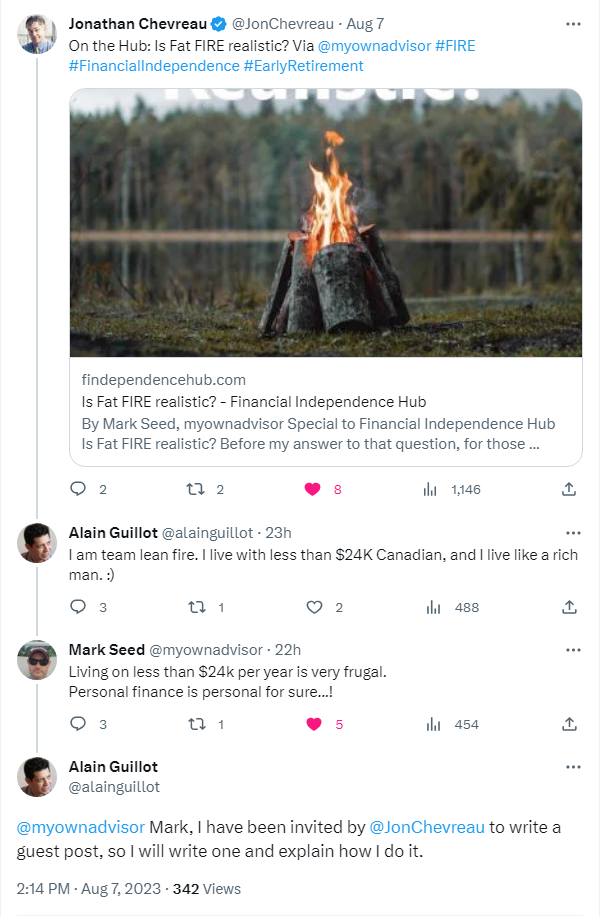Canada’s energy stocks have been a key part of my investing strategy for some time now.
In August of 2020 I asked if Canada’s energy dividends were in trouble?
Of course that was before energy prices and energy stocks were dominating the headlines. At the time Canadian oil prices were about $30 a barrel and energy dividends were under a lot of pressure due to collapsed earnings.
That price has more than tripled, was above $115 U.S. and now sits near $70 U.S. in 2023. Those generous oil prices have fuelled incredible earnings and dividend growth. There is no sector over the last few years with greater free cash flow.
The oil and gas sector was also the only sector in Canada to provide positive total returns in 2022. This came as no surprise, as energy is the only sector known to provide reliable inflation protection.
That said, the price of oil has been coming down thanks to the rising rate environment that is designed to cool economic activity and by extension bring down troubling inflation. We have global recession fears and the Chinese lack of demand has also weighed on oil prices.
The following chart reflects the price of Canadian oil priced in U.S. dollars. In Canadian dollars the price is in the $57 range.

Here is a video that explains the spread (difference in prices) between Canadian oil and U.S. oil.
Higher oil prices are wonderful for top Canadian energy companies, mostly operating or active in the Canadian oil sands, but many of the producers also have global operations. They have already become free cash flow gushers. More investors, fund managers and retail investors are going along for the ride.
While the last year hasn’t exactly been spectacular (with the TSX Capped Index ETF XEG down 16%), I’m still up over 270% since I started writing about Canadian energy stocks in August of 2020. That’s before we really dig into the juicy dividend raises and special dividends that poured into my brokerage account over the last few years.

In October of 2020, on my blog, I had suggested that investors take a look at Canadian oil and gas stocks:
“The Canadian energy sector has been beaten up. Foreign investors have given up and so have many Canadian investors. Where there is incredible pessimism there can be incredible rewards. But there is certainly no guarantee that the pessimism for the Canadian energy patch is not deserved.
That said, it is also certainly possible that the pessimism has jumped the shark. There may be incredible value in the energy sector for Canadian investors.”
Canadian investors who went against the flow were rewarded handsomely, and it was not as big a risk as many would think. The macroeconomic and energy-specific story was quite simple. Continue Reading…









